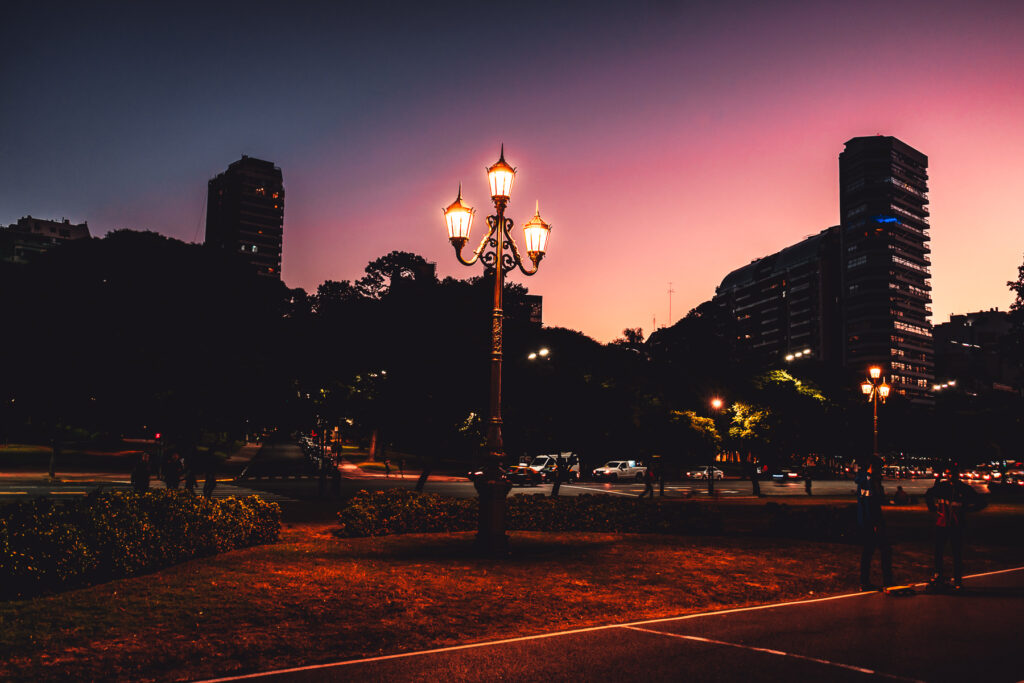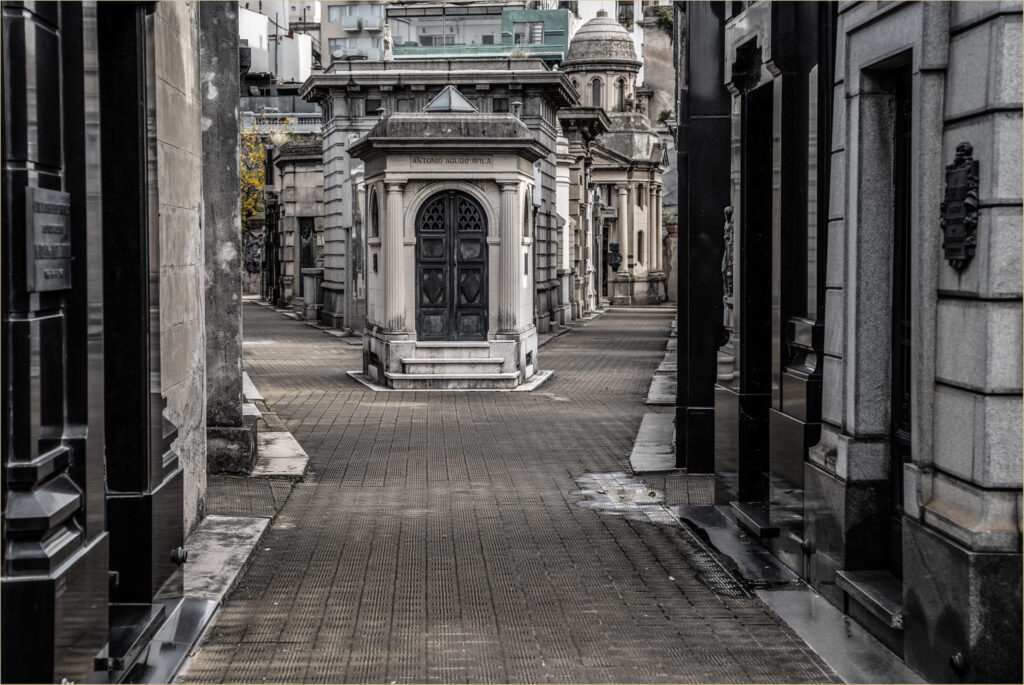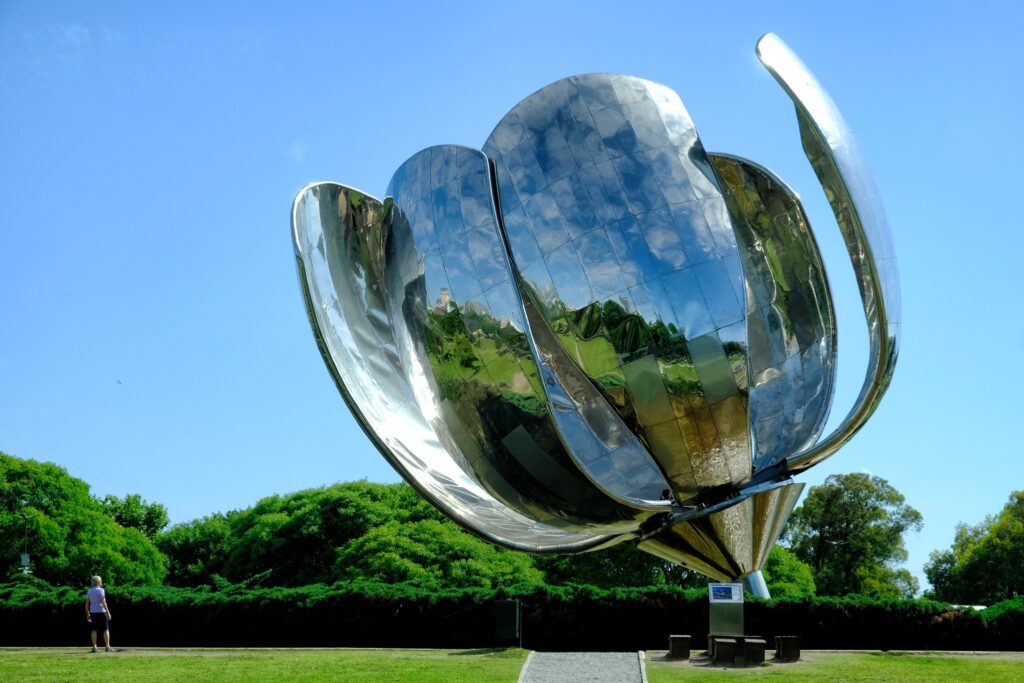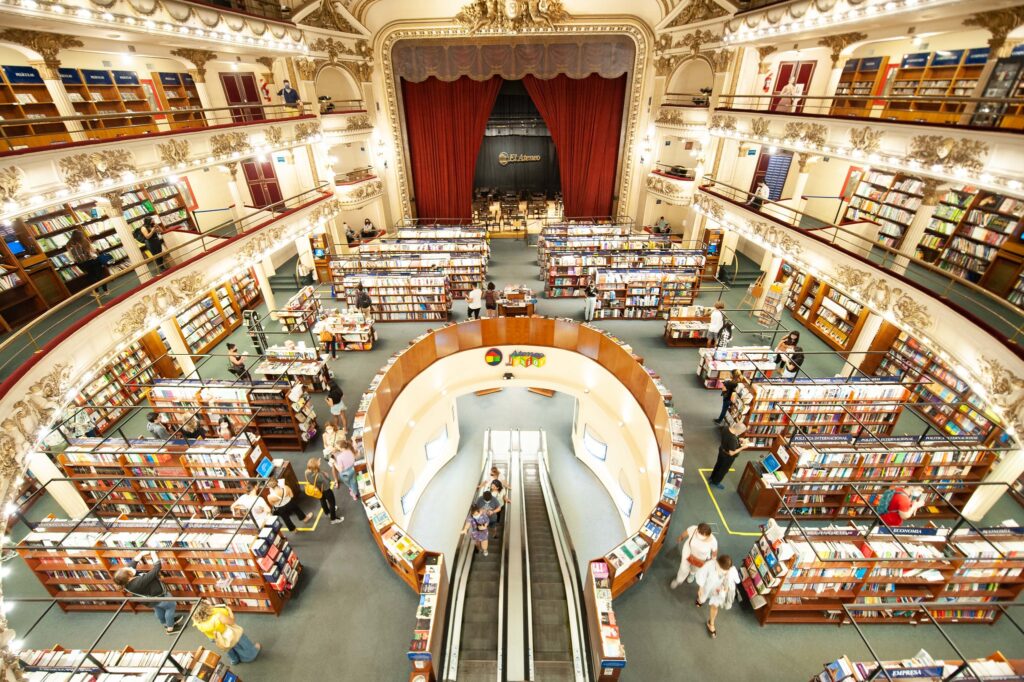Recoleta is the most exclusive neighborhood in Buenos Aires, known for its tranquil streets, low crime rates, and museum-like ambiance. If you value strategic location when choosing where to live, Recoleta offers unparalleled access to all forms of public transportation.
This makes it perfect for digital nomads, travelers, and expats. Moreover, it’s a favored spot for students starting their undergraduate studies or pursuing postgraduate degrees in Buenos Aires.
Dive into this guide by ExpatPathways to uncover everything you need to know about living, studying, and exploring in Recoleta.
Recoleta (Buenos Aires): Everything You Need to Know About the Neighborhood
Basic Information About the Recoleta Neighborhood (Buenos Aires)
Recoleta, officially known as Barrio de La Recoleta, is a centrally located residential neighborhood in the Autonomous City of Buenos Aires, Argentina.
It forms the entirety of Comuna 2. Known as the “Argentine Paris” due to its architectural resemblance to the French capital, Recoleta is rich in history and architecture.
It is a prime tourist destination, especially for the historic Recoleta Cemetery and the Recoleta Cultural Center. This upscale neighborhood features some of the most expensive real estate in the city, and it is well-served by the D and H subway lines.
According to the latest national census, Recoleta, part of Comuna 2, has a population of 158,368, reflecting a decline compared to 2001. The neighborhood spans an area of 5.72 km²
Cultural and Historical Significance
Recoleta is known for its large cultural spaces, including the National Museum of Fine Arts, the National Library, and the Recoleta Cultural Center.
The neighborhood’s history includes its role as a refuge for the upper classes during the 1870s yellow fever epidemic, leading to the construction of many mansions and large French-style buildings.
These historical structures coexist with modern buildings, making Recoleta a unique blend of old and new.

Architectural Highlights
The neighborhood features a mix of traditional and modern elegant buildings. Many mansions and large buildings were constructed in the French style by prominent families during the late 19th and early 20th centuries.
While many of these structures were demolished in the mid-20th century, several iconic buildings remain, showcasing the rich architectural heritage of Recoleta.
Where Is Recoleta Located?
Recoleta is bounded by the streets Acceso Wilson, Ramón Castillo, the virtual extension of Juan Biblioni, Juan Facundo Quiroga, Montevideo, Uruguay, Av. Córdoba, Mario Bravo, its continuation Coronel Díaz, Av. Las Heras, Tagle, the F.G.B.M tracks, and Jerónimo Salguero, and the Río de la Plata.
It borders Retiro to the east, San Nicolás, Balvanera, and Almagro to the south, Palermo to the northwest, and the Río de la Plata to the northeast.
As part of Comuna 2, Recoleta is an ideal location for those seeking a tourist-friendly, safe neighborhood that exemplifies Argentina’s cultural richness from both past and present.
Public Transport Network in Recoleta
If there is one neighborhood in Buenos Aires where accessibility to public transportation is nearly perfect, it is Recoleta.
Subways
Recoleta is well-served by the subway system, with the H line running north to south, making it ideal for traveling through Recoleta or to the southern parts of Buenos Aires. The D line has two stations in the southwest of Recoleta, along Avenida Córdoba and Avenida Santa Fe.
Trains
Near Recoleta is the Retiro Station, the main hub for the San Martin, Mitre, and Belgrano Norte train lines, as well as connections to the C and E subway lines.
Buses and Roads
Recoleta is traversed and surrounded by major thoroughfares, including Avenida 9 de Julio, Avenida del Libertador, Avenida Santa Fe, Avenida Córdoba, Avenida Callao, and Avenida Pueyrredón. This makes it a perfectly integrated part of the Buenos Aires transportation network.
Green Spaces in Recoleta
The parks and plazas in Recoleta are one of the reasons why many people choose to visit the neighborhood.
Southern Parks
To the south of Recoleta are Plaza Houssay, Plaza Monseñor Miguel de Andrea, and Plaza Rodríguez Peña, all bearing the typical central Buenos Aires charm.
Northern Parks
Further north, you will find Parque Vicente López y Planes. Continuing north, Recoleta boasts some of the best green spaces in the city: Parque Thays, Parque Las Heras, Plaza San Martín de Tours, Plaza Francia, Parque Mitre, and Parque Naciones Unidas.

Advantages of Living in Recoleta
- Recoleta is the most sophisticated and exclusive neighborhood in Buenos Aires.
- Unlike Puerto Madero, where modernity is the neighborhood’s main feature, Recoleta is rich in history.
- Walking through Recoleta is like traveling back to Buenos Aires’ Belle Epoque.
- Its proximity to major avenues and thoroughfares makes Recoleta a strategic place to live.
- The abundance of green spaces in and around Recoleta enhances the quality of life.
- The neighborhood is safe, complementing its high quality of life.
- While the cost of living is high, the quality of services and the range of gastronomic, cultural, and commercial options match the price.
- Recoleta is very close to Palermo, often blending seamlessly with it.
- The neighborhood is densely populated with students attending nearby universities, notably the University of Buenos Aires (UBA).
Activities and Things to Do in the Recoleta Neighborhood (Buenos Aires)
Museums and Culture
One of the standout features of Recoleta is its abundance of museums and cultural sites. This includes not only art and history museums like the National Museum of Fine Arts, the Museum of Architecture and Design, and the Recoleta Cultural Center but also the Recoleta Cemetery.
The cemetery is like a “city within a city,” a place many tourists are eager to visit even before arriving in Buenos Aires.
Every street, building, and corner of Recoleta exudes art, history, and culture, spanning from the modern era back to Buenos Aires’ golden age in the early to mid-20th century.

The Most Beautiful Parks
As mentioned earlier, Recoleta is known for its numerous parks and plazas. These green spaces, besides being beautiful and spacious, offer a breath of fresh air in a city where concrete and asphalt often dominate.
In the southern part of Recoleta, you’ll find moderately large, centrally located plazas. In contrast, the northern part of the neighborhood features larger parks with various activities: sports, picnics, fairs, food stalls, local products, monuments, and more.
A Neighborhood to Explore and Photograph
Recoleta is a neighborhood with its own unique character, making it perfect for photographers and content creators who enjoy capturing every detail of the urban landscape.
You’ll find magnificent buildings (both modern and historic) and stunning green spaces, especially during sunset. Recoleta offers some of the best photo opportunities in Buenos Aires.
El Ateneo Grand Splendid
The most spectacular bookstore in the world is located in Recoleta. Originally a theater in 1919, it later became what it is today: a multi-story bookstore where any fan of reading and art can indulge their passion.
Besides exploring the store, you can enjoy the café and admire the impressive architecture, which retains the original features of the old theater.

Restaurants, Cafés, and Bars
In a bustling and key neighborhood like Recoleta, the gastronomic offerings must match the context. Indeed, Recoleta stands out as one of the most comprehensive neighborhoods in this regard.
From breweries and bars to nightclubs, as well as specialty coffee shops and restaurants of all kinds: local, national, regional, and international cuisine. Additionally, you’ll find some of the best sweet shops, dessert places, and bakeries in this neighborhood.
Why Not Continue Your Studies?
If you’re someone looking to reside in Buenos Aires for an extended period, you might consider taking advantage of the educational opportunities the city offers. In Argentina, higher and tertiary education is free for everyone.
Moreover, Recoleta is one of the areas with the highest concentration of educational institutions in Buenos Aires, with the University of Buenos Aires (UBA) being one of the most notable.
Last Considerations
In conclusion, Recoleta offers an exceptional blend of luxury, safety, and convenience, making it the most desirable neighborhood in Buenos Aires.
Its museum-like ambiance, coupled with strategic access to all forms of transportation, ensures that residents can enjoy the best of the city effortlessly.
The area’s appeal extends to students and professionals alike, providing a perfect balance between a high cost of living and top-tier amenities.
Whether you’re a digital nomad, traveler, or expat, Recoleta promises an enriching and fulfilling experience. Discover more about why Recoleta is the perfect place to live, study, and explore with ExpatPathways.
(Featured Image Source: gsegelken/flickr.com)


